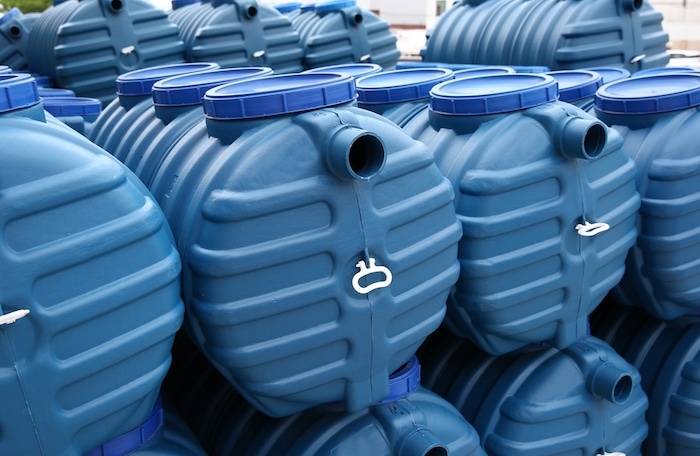
Understanding Septic Systems for Single-Toilet Setups: An Overview
A septic system for single-toilet setups is an on-site waste and wastewater treatment system, usually built for off-grid homes or small properties without access to centralized sewer systems. Its goal is to ensure a sanitary and safe toilet experience by effectively managing and treating domestic liquid waste within the confines of the property.
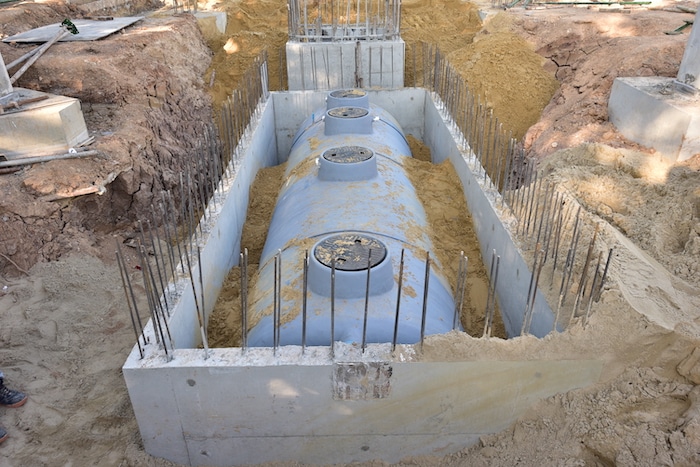
Septic tanks are more common than you may think — one in every four households in the US relies on a septic tank for waste management. The system can be eco-friendly when designed and maintained correctly. However, ensuring its legality involves compliance with local regulations and obtaining necessary building permits. You may have to consult local authorities and professionals to meet the environmental and legal standards requested in your area.
Mechanics of A Septic System: A Closer Look
A small septic system for one toilet comprises a septic tank and a drain field. If you decide to use more than one field, you’ll also need a distribution box that ensures that wastewater is divided equitably between them.
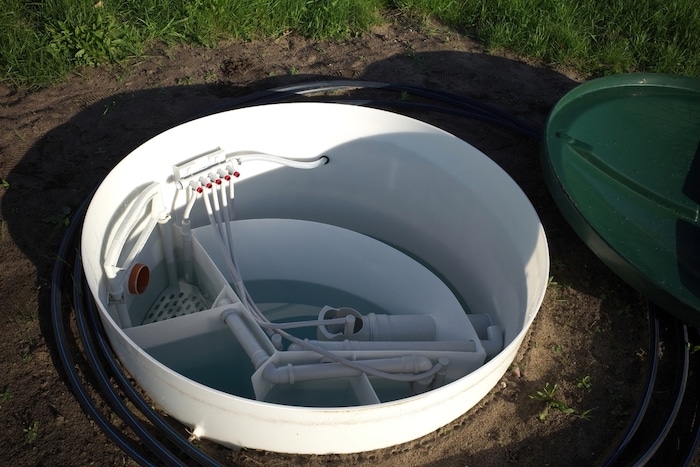
- The small septic tank receives and holds the wastewater from the single toilet. Inside, heavy stuff sinks to the bottom and becomes sludge. Lighter stuff floats and creates scum, and what’s left in the middle is a clear liquid called effluent. The waste undergoes a natural treatment process facilitated by bacteria that break down organic matter.
- The drain field facilitates the final stage of treatment after the processing in the septic tank. The effluent is dispersed through perforated pipes and undergoes natural filtration because the soil is a biological filter, removing suspended solids and other impurities.
Advantages of Using Septic Tanks
- Small septic tanks are often more cost-effective than connecting to a centralized sewer system.
- Septic tanks eliminate the need for extensive infrastructure.
- Properly functioning septic systems can contribute to the natural treatment of wastewater.
- Septic tanks can accommodate various property sizes and soil types.
- The independence that comes with septic tanks can be advantageous in areas with unreliable or unavailable centralized services.
- Septic tanks generally require less energy than centralized treatment plants.
- Well-maintained septic systems are durable and can effectively manage human waste for many years.
- Vegetation in the drain field uses nutrients in the treated effluent, contributing to nutrient recycling and promoting plant growth.
Septic System for One Toilet: Guidelines and Size Considerations
1. Local regulations and permits
Most states delegate the issuance of construction and operating permits for septic tanks to local health departments. Some include water resource protection provisions to address potential impacts from nitrogen and phosphorus. The regulations also establish setback distances from buildings, driveways, property lines, and surface waters to prevent potential threats.
As part of most regulatory programs, local permitting agencies typically conduct site assessments to ensure that the ground adequately treats wastewater without endangering groundwater resources.
2. Septic tank size
The size of your septic tank will vary with the property size, estimated daily wastewater generation, and the number of occupants. For smaller homes with two rooms or less, a small septic tank size in the capacity range of 700 to 900 gallons is enough for adequate storage and treatment.
3. Types of small septic tanks
Choosing the best septic tank will depend on local regulations, geographical conditions, and your budget. Concrete tanks are durable but may crack over time, while fiberglass tanks are lightweight and corrosion-resistant. On the other hand, a plastic septic tank is easy to install but may be less durable, and fiberglass-reinforced plastic (FRP) combines strength with corrosion resistance. Steel tanks, although strong, are less common due to rust and corrosion issues.
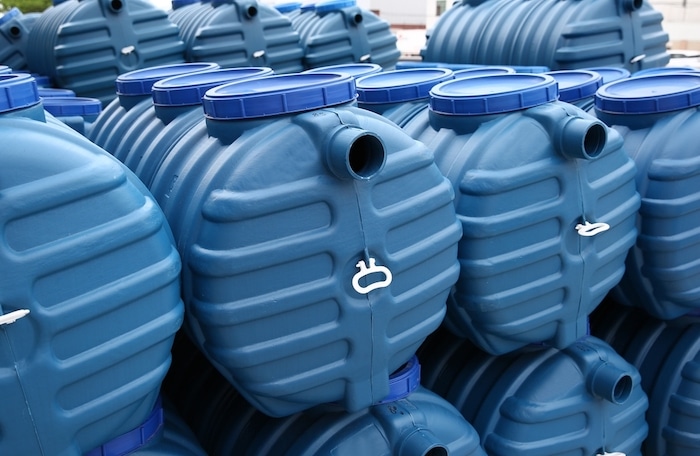
4. Installation
The process involves excavating the area, placing the tank, connecting the pipes, and setting up the drain field. Consider getting professional help to ensure adherence to design specifications and local regulations.
5. Routine maintenance
Schedule periodic pumping of the septic tank to remove accumulated sludge and scum. Also, routine inspections will help you identify any septic system issues before they become significant problems.
It’s wise to maintain detailed records of all maintenance activities, including pumping dates, inspections, and any repairs.
6. Other considerations
Since you opted for a small system, you must shift to water-efficient appliances and bathroom fixtures and fix any leaks as soon as they occur. These measures will avoid excessive water usage and reduce the overall load on the system.
Once your small septic system and pump are installed, you must develop emergency plans for unexpected events — such as system failures, heavy rain, or other extreme weather conditions. Write down the location of shut-off valves and always keep contacts for professional assistance on hand for emergencies.
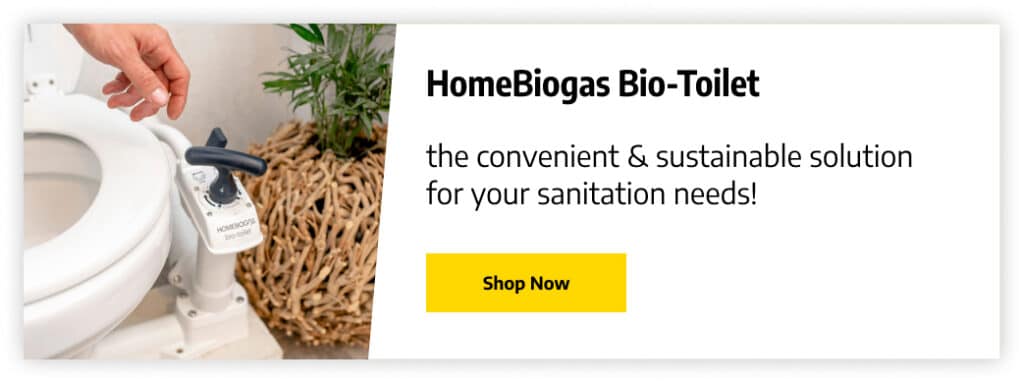
Determining the Ideal Location for Your Small Septic Tank
The ideal location for your small septic tank depends on the following factors:
- Local regulations and zoning requirements: they provide clear limitations for setback distances from buildings, property lines, and water bodies
- Property characteristics: avoid placing the septic tank in low-lying areas prone to flooding
- Environmental considerations: the soil’s ability to absorb water will influence the location of the septic system
- Accessibility: you need an area with easy entry for service vehicles and routine maintenance activities
- Future landscaping: place the septic system away from deep-rooted plants
Alternatives to Septic Tanks for A Single Toilet
- Aerobic treatment units (ATUs). They use oxygen to grow aerobic bacteria that treat wastewater. They’re more compact than traditional septic tanks and are suitable for areas with challenging soil requirements.
- Composting toilets. They break down organic waste into compost through natural processes. They are waterless or use minimal water, making them suitable for water conservation and off-grid living.
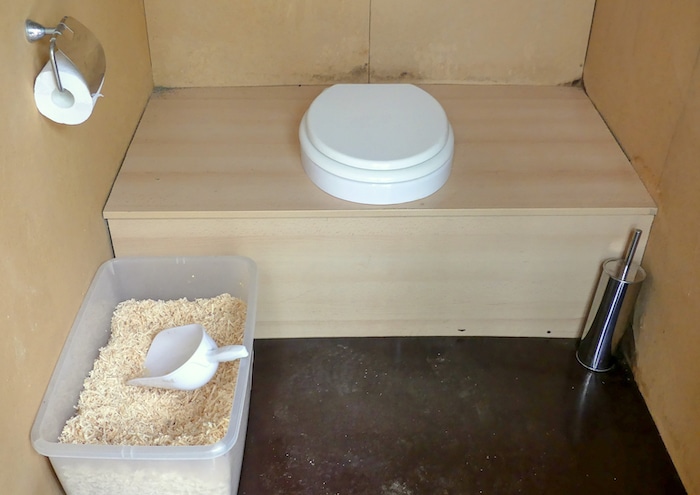
- Mound systems. They’re elevated beds of sand or gravel designed to treat and filter wastewater, ideal for areas with high water tables.
- Greywater systems. They capture and treat water from showers, sinks, and laundry, allowing it to be reused for non-potable purposes like irrigation.
- Biological filtration systems. They use biological processes and filtration media to treat wastewater. Examples include peat moss filters and biofilters.
- Anaerobic treatment units. They’re similar to septic systems but break down organic matter with anaerobic bacteria in sealed environments without oxygen.
HomeBiogas Eco-Toilet Solution
The HomeBiogas Bio-Toilet Kit is a modern alternative to traditional septic tanks. The kit includes a specialized toilet unit that connects with a biodigester and all the essential components necessary for effective waste management and step-by-step instructions for easy installation and maintenance.
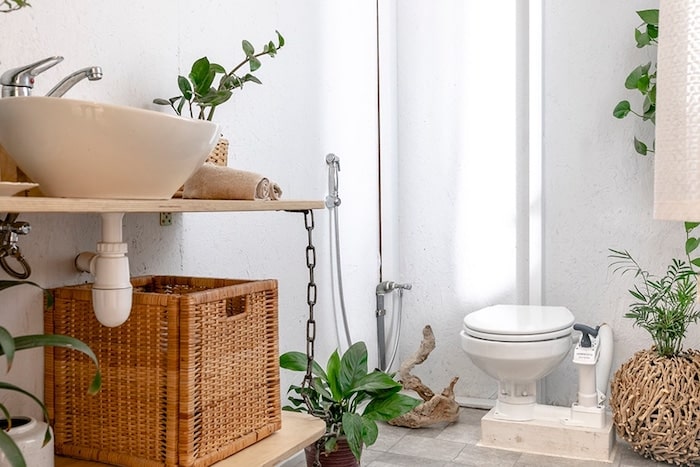
The waste and wastewater go into the biodigester, where they undergo anaerobic digestion, producing biogas for cooking and nutrient-rich fertilizer.
Unlike traditional septic tanks that require extensive digging and installation processes, the HomeBiogas biodigester is easy to install and maintain, eliminating the need for complex ground excavation.
Another notable advantage is its adaptability to all geographical conditions. The HomeBiogas biodigester efficiently treats waste directly within its system. Furthermore, the booster kit can keep optimal temperatures in the biodigester throughout the year, ensuring reliable functionality in different weather conditions.
An environmentally friendly aspect of the HomeBiogas system is its minimal water requirement for operation. It cuts water bills and lowers water consumption, making it a sustainable choice for eco-conscious households.
Perhaps one of the most compelling advantages is the dual productivity of the system. Besides efficient waste treatment, the HomeBiogas solution allows users to collect biogas for cooking. Simultaneously, the biodigester produces nutrient-rich effluent from the waste, providing an eco-friendly resource for gardens and lawns.
Final Thoughts
Septic tanks function without extensive mechanical or chemical intervention. This advantage makes them a fascinating and environmentally conscious solution for decentralized wastewater treatment — perfect for off-grid, remote locations.
And, if you prefer not to dig extensively or use ample space for drain fields, a smaller system using composting toilets or a biogas digester can handle waste effectively off-grid.






